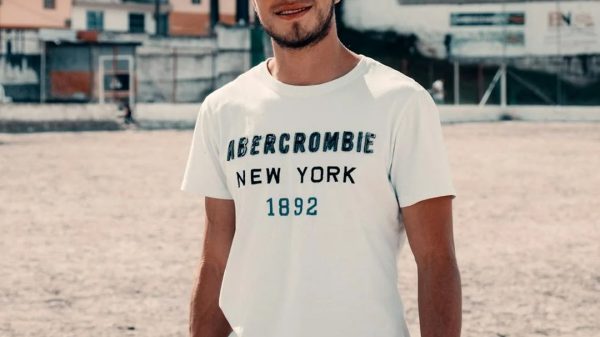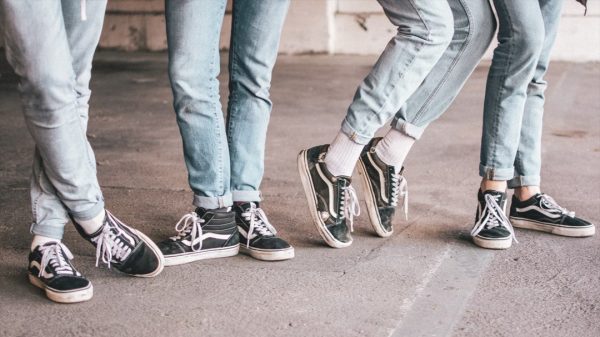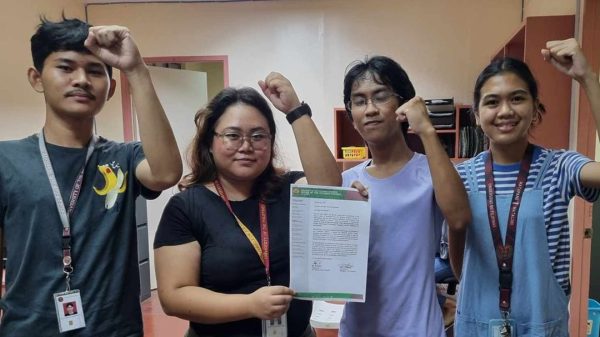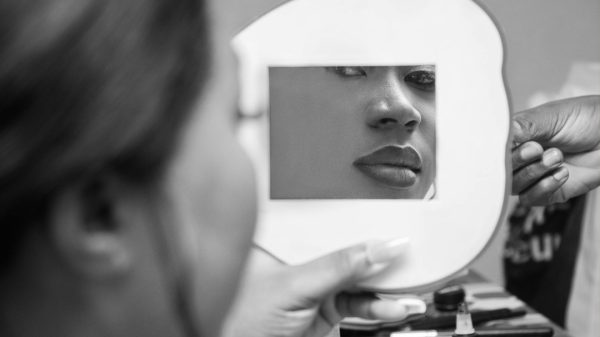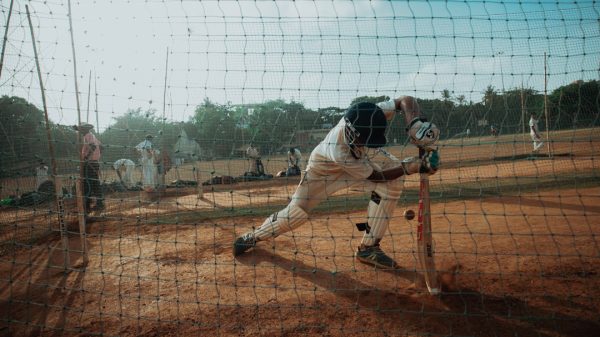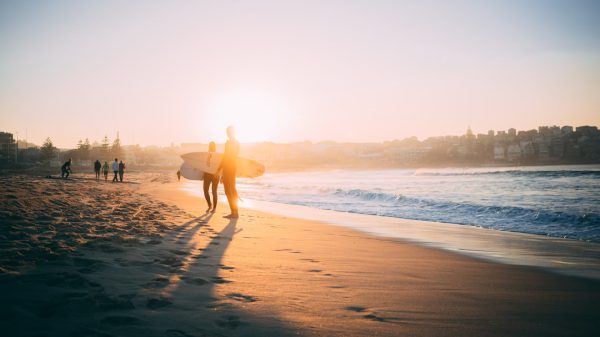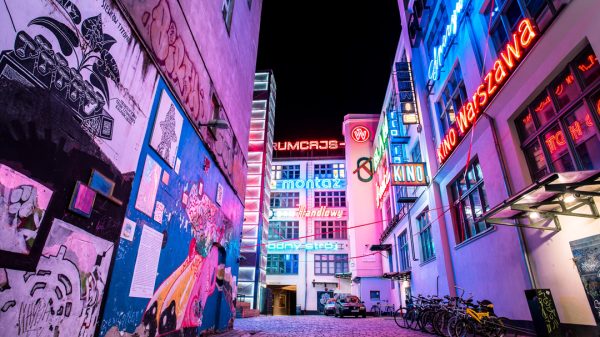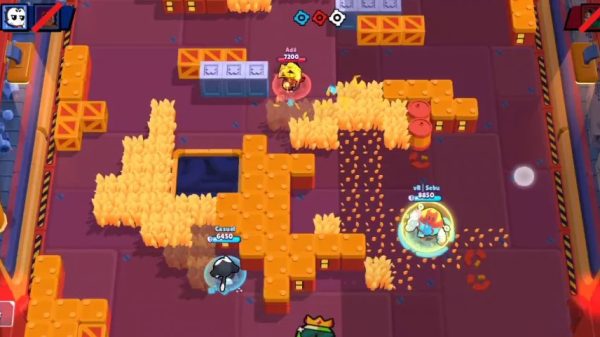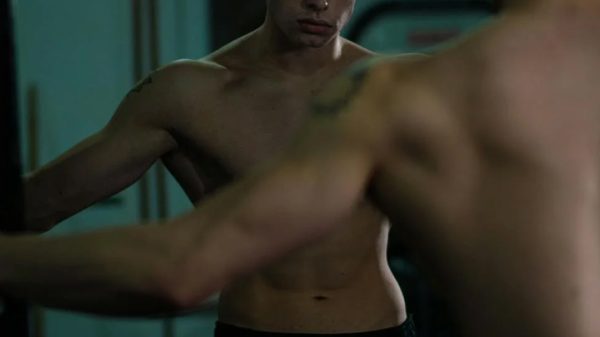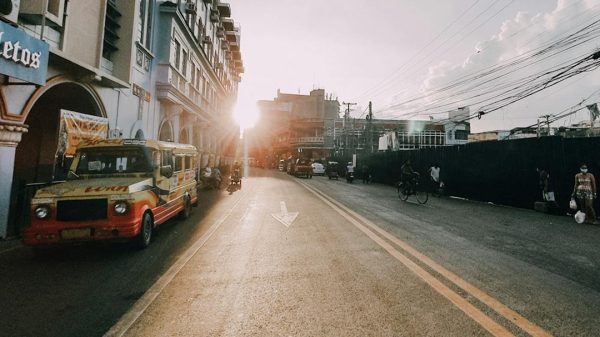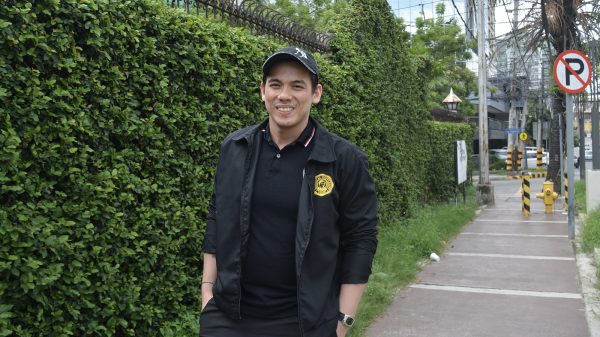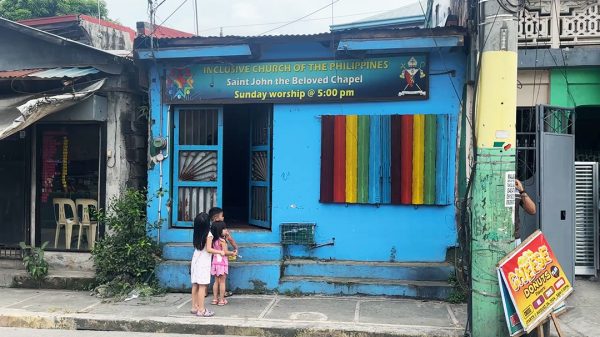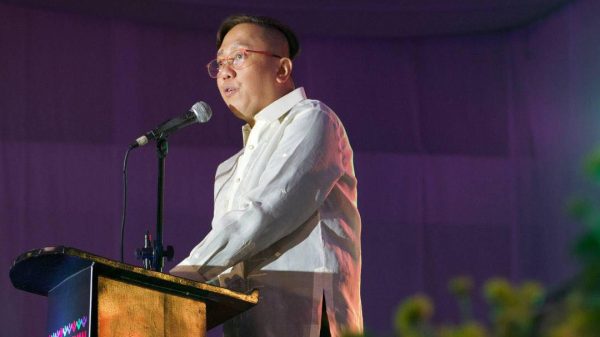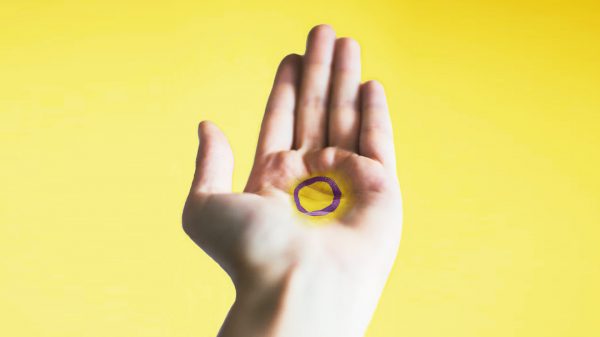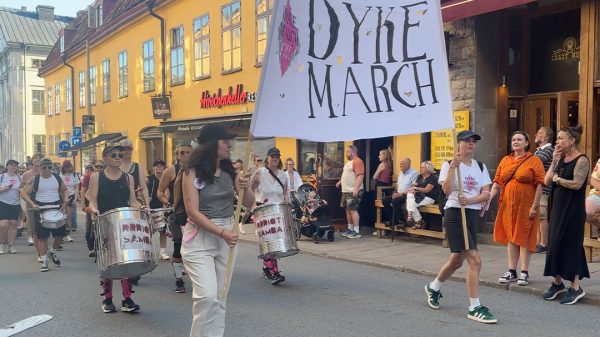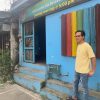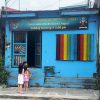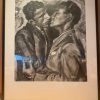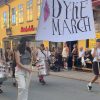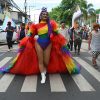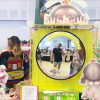This is part of #KaraniwangLGBTQIA, which Outrage Magazine officially launched on July 26, 2015 to offer vignettes of LGBT people/living, particularly in the Philippines, to give so-called “everyday people” – in this case, the common LGBTQIA people – that chance to share their stories.
As Outrage Magazine editor Michael David C. Tan says: “All our stories are valid – not just the stories of the ‘big shots’. And it’s high time we start telling all our stories.”
Mia, now 21, was 18 (about to turn 19, she said) when she started doing sex work in Cebu City.
“Sa akong friends ra to (That was because of my friends),” she said.
Truth be told, she started accepting money for sex in 2018, and yet “dili counted (that’s not counted),” she said. “Year 2018, kuwan to, naa to, pero light lang. Maihap lang; kaupat ra to. 17 ko ato. Ang friends niuban nako (In 2018, I had some clients, but just few. You can count them. I think only four. I was 17 then. My friends made me join me).”
She only really considered the sex industry as a main source of income in 2022, when she acknowledged she can make proper living off it.
But in her life as a sex worker, one lesson Mia learned, and wants other transgender sex workers to learn, is to be frank about one’s identity from the very start. “Wala ko nahadlok. Kay kabalo man tu ato that time. Kabalo ang customer nga bayot ko. So safe ra (I’ve never been scared. Because they knew I’m transgender. And so it’s safe),” she said. “Kuyaw siya kung ilad-ilad. Basig unsang mahitaboan. Depende sa kung unsang kasuk-an sa customer, ana (It’s scary if you trick people. You don’t know what could happen. It depends on what will make a customer angry).”
FINDING HER TRANS SELF
The second of two kids, Mia always knew she’s transgender. “Since child ko ni-kuwan… na-feel jud nako (I felt this since I was a child).”
She recalled how her mother, sister, and nanny “ himuon kong girl-girl nila kay magsige man kog duwa sa toys sa akong ate (made me dress as a girl because I always played with my sister’s toys),” she said. “Mao tu murag ila kong gisuportahan (That’s how they seemed to have supported me).”
Her father, as far as she remembers, never had issues with her SOGIESC. So that she came out when she was around 12, when she started taking feminizing hormones.
“Bawon ko siya, tigumon nako, then mupalit ko sa Rose Pharmacy ug micropill. Sa mga friends ra nakatuon. Tapok-tapok namo sa Mabolo ba. Ako man sige’g pangutana (That came from my school money, I saved, and then bought micropill from Rose Pharmacy. I learned from friends. We used to gather in Mabolo. I was always asking questions),” she said.

STAYING SAFE AS A SEX WORKER
Mia knows that safer sex practices can help her in sex work, so “ako nag-prepare sa condom. Sa city health ko nakatuon, HIV testing, naa man siya’y free. Kadtong start jud nako… 18 man siguro ko ato (I prepare condoms. I learned this from the city health office, also HIV testing since it’s given for free. I started using right when I started… I was maybe 18 then).”
Most of what Mia knows were taught by her peers, and “self-learning online”. For instance, she used to join beauty pageants, where candidates would talk about HIV like this is their advocacy. For Mia to also discuss HIV, “mag-search ko sa YouTube (I had to search for this in YouTube),” she said, adding that being conversant about a topic – even if one does not necessarily believe in it – could make one win.
But using condoms is the only way Mia knows to protect herself, particularly from HIV infection. For instance, she has never heard of PrEP, and she thinks “wala pud kabalo akong friends (my friends don’t know about this either).”
LOOKING FORWARD
Mia doesn’t know how long she’d stay in the sex industry, though “basta naay kita (as long as I earn),” she said.
She occasionally gets scared. Like when those giving lectures to people like her use stories of people who died from AIDS-related illnesses to “warn us” about the dangers of doing sex work. “Kana lang mag-attend ko sa seminar about sa AIDS, sa HIV. Kay ana, ‘Naa na tay victims nga nangamatay.’ Makuyawan ko (When I attend seminars about AIDS, HIV. They’d say, ‘We havevictims who died.’ I get scared).”
And so for Mia, “careful na lang (just be careful).”
And this is, basically, Mia’s overall approach to her life now: to “just take caution” since “magpadayon man jud ko ani (I’d continue doing this still).”

